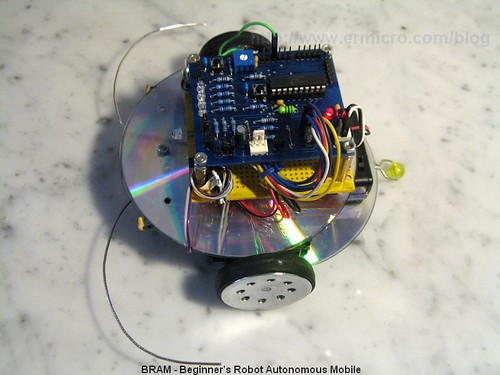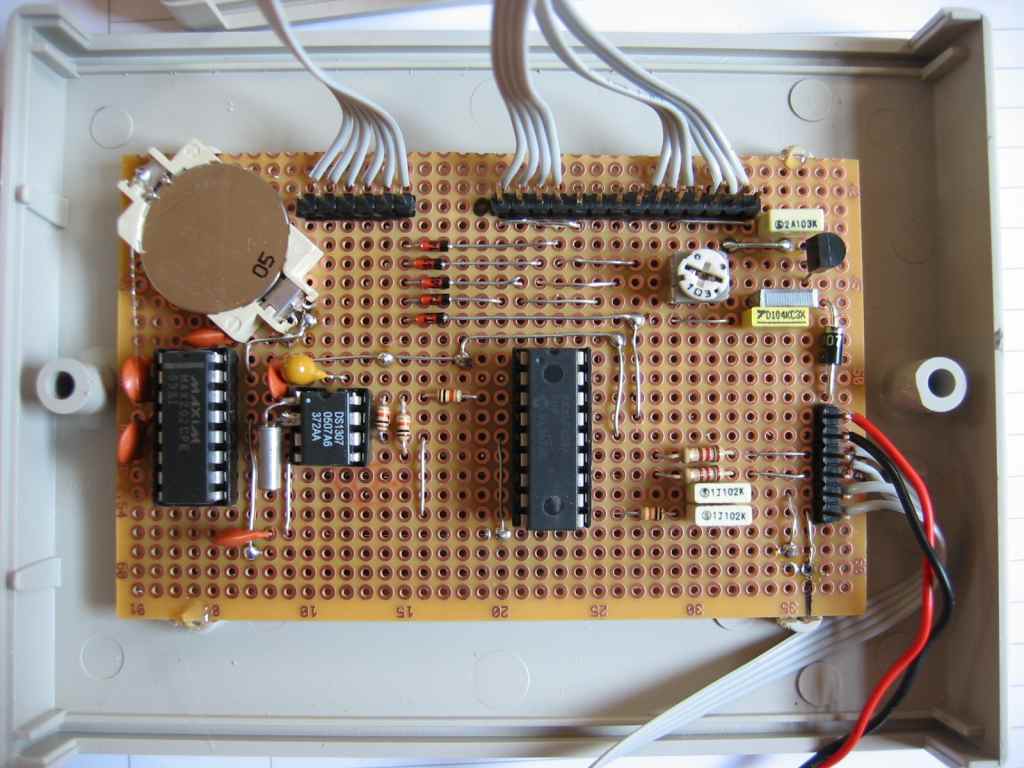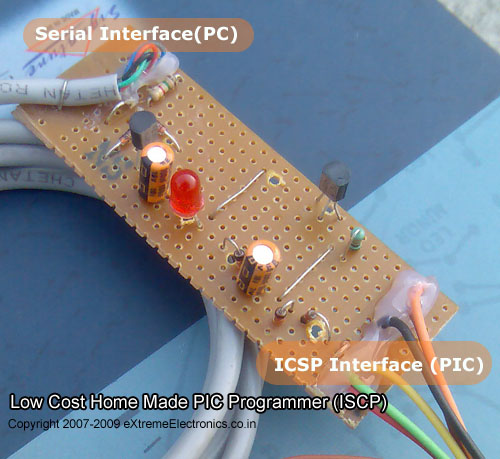If you are looking for online resources for learning PIC Programming in C, then you should probably check these two blogs:
1. http://pic16f628a.blogspot.com/ This blog starts with making your own PIC16F628A Development Board, and then teaches you basics of microcontroller interfacing by doing various experiments. The language of programming is C and the compiler used is the demo version of mikroC. The board has following features:
- Access to all I/O pins through female header pins
- 4 Push Buttons for Input
- 4 LEDs for Output
- An LCD Interface Port
- A 4-digit Seven-Segment Display Interface
- LCD Backlight Switch and Contrast Adjustment
- ICSP Programming (Very Important)
2. http://picboard.blogspot.com/This is another blog that teaches you about PIC12683, a 8-pin microcontroller from Microchip. The writer again starts with making his own development board, and uses mikroC for doing experiments. The board has following features:
1. A Regulated +5V power supply.
2. 3 Red LED outputs which can be connected to any GPIO pins using jumper wires.
3. An ON/OFF power supply switch.
4. A Green LED as a power ON indicator.
5. An 8-pin IC socket for PIC12F683 microcontroller.
6. Two potentiometers: one for providing Vref, and other for simulating analog input to ADC.
7. An ICSP header connector.
8. Two tactile switches for input operation.
9. A TTL to RS232 level shifter using a transistor circuit.
10. A piezo buzzer.
11. A DC motor with driving circuit.
12. Access to individual pins of PIC12F683 through female header pins.




 Source: http://instruct1.cit.cornell.edu/courses/ee476/FinalProjects/s2007/jjl49_mar97/jjl49_mar97/index_files/image022.jpg
Source: http://instruct1.cit.cornell.edu/courses/ee476/FinalProjects/s2007/jjl49_mar97/jjl49_mar97/index_files/image022.jpg
 For PCB and Programming software, Click HERE.
For PCB and Programming software, Click HERE.
 The objective of this experiment is to interface a 16x2 LCD to PIC16F628A in 4-bit mode. This means the data transfer
The objective of this experiment is to interface a 16x2 LCD to PIC16F628A in 4-bit mode. This means the data transfer


